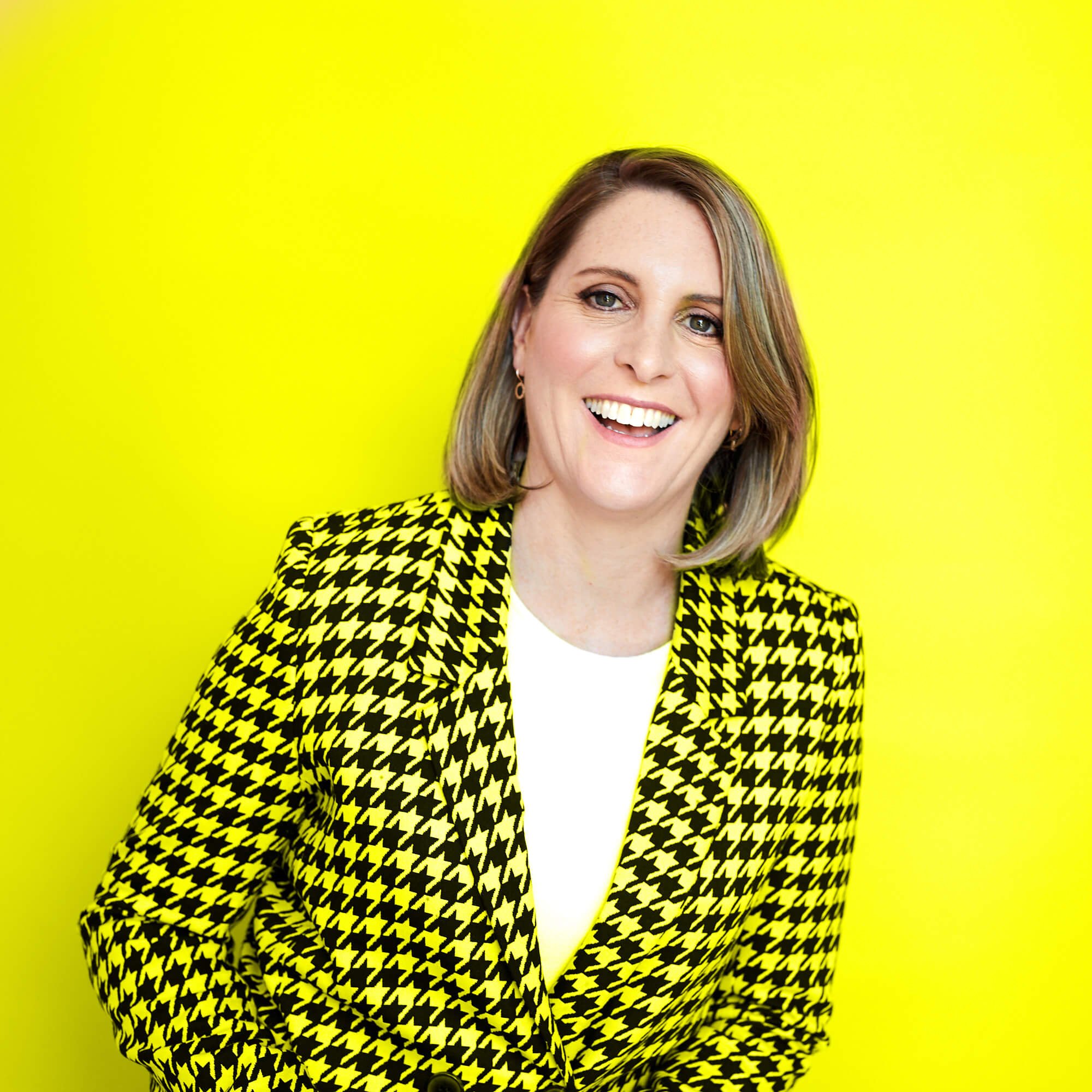When I work with designers considering the next step of their careers, I see two types.
- The Planners who see their careers as a linear path towards a defined role – a leadership position in management.
- The Drifters who float through their careers, perhaps staying in one role or organisation too long, or taking opportunistic roles that did not provide room for growth or play to their strengths.
Neither group takes the time to consider whether the role is right for their life. The Planners see the next role as the ‘right role' in the ladder; the Drifters have a moment of panic and take what's offered.
There are 5 principles I use to ground designers in career conversations:
- No career is linear
- There is no 20 (or 5 year) plan
- Life circumstances change your plans
- But you can architect and plan your career in design
- Use wayfinding as a way to take stock and find the path forward
Principle 1: No career is linear

No career path is linear; your experiences, skills, life circumstances, and people in your life will affect the next step in your career.
Designers find in their early careers a natural career progression; moving from junior to mid-level to senior practitioner based on their improving and expanding design skills and experience.
But as we move further into our career, so does increasing pressures from life; children, illness, parents and financial responsibilities. It is then that we should consciously choose the right path based on where we are right now; not where we are supposed to be.
Principle 2: There is no 20 or 5 year plan

Digital and experience design has changed continually since the 1990s.
The rapid change in technology, screen sizes, bandwidth and sophistication of what can be achieved, has changed what and how we design.
Our profession has changed; where in the year 2000 digital design covered a breadth of techniques from strategy to interaction design; digital designers are now more specialised into research, UX/UI design, service design and experience strategists.
This rapid change in technology and a maturing profession, means deciding on one role and path for the next 20 years is impossible. You would need a crystal ball to see the profession's future.
Instead plan for the next 12-24 months.
Principle 3: Life circumstances change your plans

I had two major life changes to my life in 2008 and 2010 – breast cancer and leukaemia. Up to that point, I was leading a Business and UX Consultancy practice at a small public service consultancy.
After the treatment there was no way I could physically work the hours demanded for the role, or had the appetite for the role. I had to make a change — I went back to being a practitioner.
As our life circumstances change, directions will also change. We need to take into consideration our health, our families, where we live and our financial responsibilities in any new role or path we take.
Principle 4: You can architect and plan your career in design

Even though nothing is truly stable in digital design careers, drifting is not an option.
- Don't float with your head in the clouds expecting that something will turn up.
- Don't put your head down and just do the work, connect inside and outside of your organisation
- Don't sit waiting to be tapped on the shoulder for the next role
Instead analyse where you are, put a plan in place and position yourself in the market
Principle 5: Use wayfinding as a way to take stock and find the path forward

Wayfinding is a concept where people ground themselves, read the signs in their environment, and decide on the path to take.
In careers:
- Know your current position
- Read the signs correctly
- Decide on the journey you want to take
- Take the right path for the next 1-3 years
Always be ready to go back if the signs are telling you and recognise the inflection points which tell you stop, listen and learn again.
Excerpt from Career Architecture, Mags Hanley 2021
Latest.

AI adoption failing isn’t the tech, it’s the people. How smart businesses overcome this.
Technology, Thought Leadership, Industry Trends

Temp-to-perm is the best way to hire today.
Hiring Insights

How to keep top talent: Strategies for successful onboarding
Hiring Insights, Ask Aquent, Training Resources



